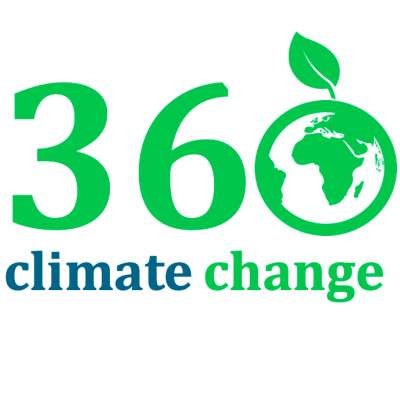(ARTIC SEA - SEPTEMBER 2019): Arctic Sea Ice Reaches 2019 Minimum Extent
Arctic sea ice likely reached its 2019 minimum extent of 1.60 million square miles (4.15 million square kilometers) on Sept. 18, tied for second lowest summertime extent in the satellite record, according to NASA and the National Snow and Ice Data Center.
The Arctic sea ice cap is an expanse of frozen seawater floating on top of the Arctic Ocean and neighboring seas. Every year, it expands and thickens during the fall and winter and grows smaller and thinner during the spring and summer. But in the past decades, increasing temperatures have caused marked decreases in the Arctic sea ice extents in all seasons, with particularly rapid reductions in the minimum end-of-summer ice extent. The shrinking of the Arctic sea ice cover can ultimately affect local ecosystems, global weather patterns, and the circulation of the oceans.
Credits:
Lead Producer:
Katie Jepson (USRA)
Technical Support:
Aaron E. Lepsch (ADNET)
Scientists:
Nathan T. Kurtz (NASA/GSFC)
Walt Meier (NASA/GSFC)
Lead Visualizers:
Trent L. Schindler (USRA)
Cindy Starr (GST)
Lead Animator:
Bailee DesRocher (USRA)
Narrator:
LK Ward (USRA)
Visualizer:
Lori Perkins (NASA/GSFC)
Lead Writer:
Maria-Jose Vinas Garcia (Telophase)
Videographers:
Kate Ramsayer (Telophase)
Jefferson Beck (USRA)
John Caldwell (AIMM)
This video is public domain and along with other supporting visualizations can be downloaded from the Scientific Visualization Studio at: http://svs.gsfc.nasa.gov/13309
If you liked this video, subscribe to the NASA Goddard YouTube channel: http://www.youtube.com/NASAExplorer
Follow NASA’s Goddard Space Flight Center
· Instagram http://www.instagram.com/nasagoddard
· Twitter http://twitter.com/NASAGoddard
· Twitter http://twitter.com/NASAGoddardPix
· Facebook: http://www.facebook.com/NASA.GSFC
· Flickr http://www.flickr.com/photos/gsfc














